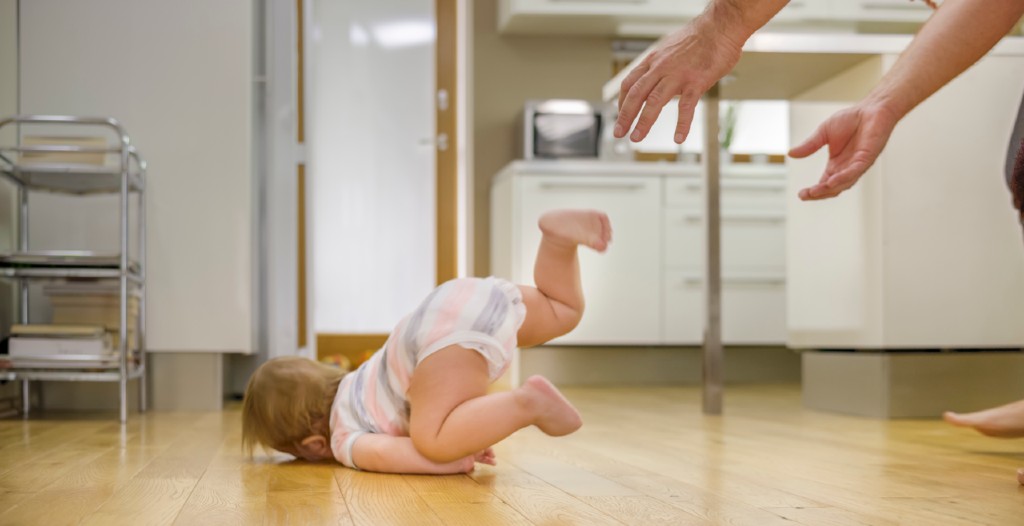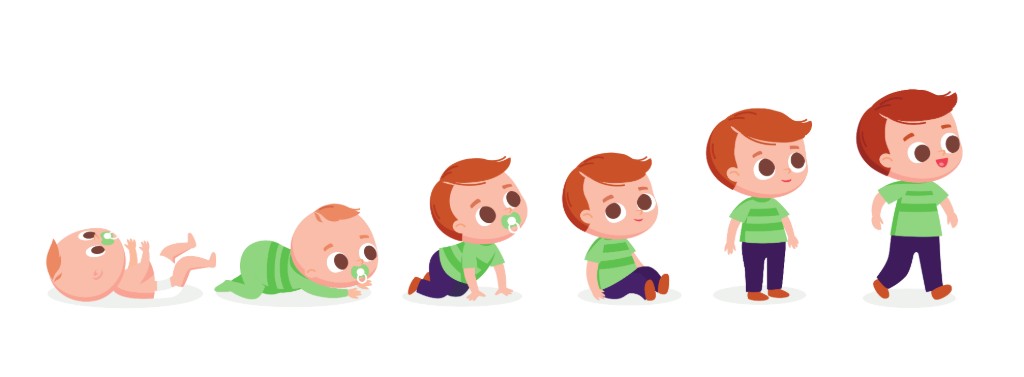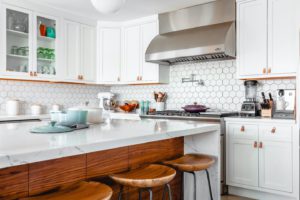Tips on how to childproof your home
-
Dwayne Campbell
- June 22, 2020
- Category
Common causes of injuries in the home

Trips and fall
Tripping and falling while taking baby steps, running, or playing is the common injury that kids get multiple times during their growing phase.
Pulling objects on themselves
When children move around, they tend to pull on objects and get hurt when the heavy objects fall on them. Like, while pulling your small cabinet, table cloth, etc.
Touching hot surfaces
When children move around, they tend to pull on objects and get hurt when the heavy objects fall on them. Like, while pulling your small cabinet, table cloth, etc.
Bumping into corners or edges
Your furniture, walls, shelves have pointed corners or hard edges and while playing, kids get hurt by bumping into them.
These are some of the injuries that children often get while playing or just moving around the home. So childproofing your home is necessary. But when should you do it?
When is the ideal time to childproof your home?
These are some of the injuries that children often get while playing or just moving around the home. So childproofing your home is necessary. But when should you do it?
As per WebMD reports, deaths due to accidental injuries at home are more common among infants that are below one year than the children in the age group of 1 to 5 years.
Also according to the child accident prevention trust, Nearly half of all children who are taken to hospital after an accident, had their accident at home.
We think it is best to start ensuring that your home is entirely safe before his or her arrival; before you bring your newborn home.
So once you have done childproofing before your baby’s arrival, is your task is over? No!

How to babyproof your home?
Keep doors closed or use door stoppers
When your baby begins taking steps, they keep on running in and out. While doing so, they open and close the doors multiple times and can pinch their little fingers, toes, or hands in this activity. Either you can keep the doors closed or install door stoppers for added safety.
If the door handle is within easy reach of the baby, you can also use door handle covers.
Create a secure playing space
When you are thinking about how to baby proof your home, you can use a baby playpen with a gate to give your baby a secure playing space. If you are busy with some unavoidable task, these colourful and engaging playpens can keep you at peace. Your child can’t come out of the area and stay injury-free. This way, you stay relaxed while you are doing your chores.
You can also add children’s play equipment to your baby’s playpen to keep them engaged for longer.Keep fireplaces shielded
If you have fireplaces in your home, your baby can easily reach that place and get burn injuries from the fire or hot surfaces; many fireplaces also have a stone-lined hearth with sharp edges that can cause severe injuries if your baby were to fall on it. Putting up a fireplace screen will prevent little steps from reaching these hazardous places, and adding corner protectors or edge protectors to the hearth will help soften the blow if they were to fall on it and hit their little heads.
Prevent babies from reaching stairs
Keep refrigerators and oven locked
Kids also like to play with refrigerators by opening and closing its door. This is also not safe for the baby. Their fingers can get pinched in the refrigerator door. Your baby can also get cuts, bruises from objects falling on them from the fridge, and electrical parts within the fridge can electrocute them.
Moreover, the coils and coolant chemicals in the refrigerator can get hot and cause burn injuries. If the child accidentally inhales the coolant chemical, it can be hazardous.
A child fridge lock can help you in preventing them from playing with it and provide additional child safety at home.
Oven and stoves are the other areas that can cause burn injuries to little hands. Provide safety at home for kids by keeping ovens locked. Stove knob covers also help in keeping kids safe from any accidents.
Along with all the above areas babyproof all the sharp edges and corners like kitchen, living room tables with corner edge protector. Also, use baby drawer locks to prevent kids from opening drawers containing pointed things like scissors, knives, etc.
Closing words
See the world through your Baby’s Eyes
If you find it challenging to see what things need to be baby-proofed to provide safety at home for kids, then one of the easy ways is to bend down on your hands and knees. You can crawl like your baby around the floor and look for things that can be visible to your baby. When you reach your children’s point of view, you can easily notice the dangerous spaces that your baby will find interesting.
Yes, adequate supervision is always recommended, but our baby proofing tips can take some of the pressure off. I know from experience, that a little extra breathing space will be much welcomed.


